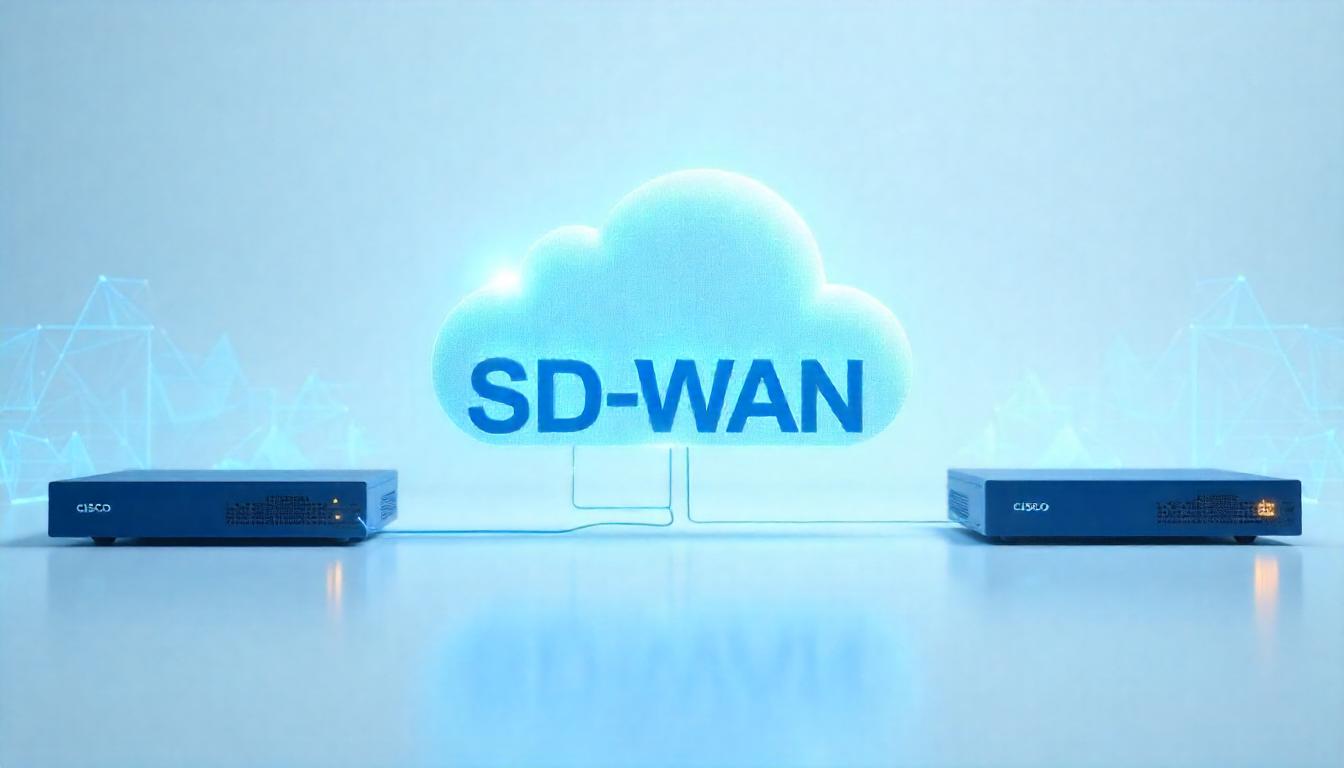
The Domain Name System converts domain names into internet IP addresses. It helps users easily remember the domain name instead of IP addresses. When a user on the internet tries to access a website using its domain name, it first tries to convert it into an IP address with the help of DNS.
DNS also provides other critical services, such as email routing and server discovery. In this article, we will explore what is DNS how it works in general, and why F5 DNS is used. If you're interested in knowing more about F5 DNS you can check out our F5 networks training courses where we discuss this in detail.
What is DNS?
DNS stands for Domain Name System, a critical component of the internet that translates human-readable domain names into IP addresses, enabling users to access websites easily.
Established in 1983, DNS has evolved significantly, with over 3.78 trillion DNS queries recorded in January 2024 alone, highlighting its essential role in internet functionality.
By simplifying the navigation of the internet, DNS allows users to connect with websites without needing to memorize complex numerical IP addresses.

How DNS Works in General
The Domain Name System (DNS) is a server distributed across the internet that stores website names called domain names and their IP addresses.
The DNS system works in a hierarchy, with different levels responsible for different domains. There are top-level domains like .com, .org, and .net in the hierarchy. The next level is the second-level domains like example.com and uninets.com.

In the above diagram when any internet user tries to access a website by typing its domain name in the browser. This request first sent to a DNS resolver.
The resolver checks its cache to see if it already has the IP address for the website. Sometimes when the resolver does not have the IP address associated with the requested domain name then this request is sent to the root domain which is the top-level domain where the request to resolve from domain name to IP address gets resolved.
The root domain server provides the IP address of top level domain then the resolver asks the top-level domain server for the IP address of the second-level domain. This process continues until the resolver gets the IP address for the website you typed in.
When the resolver gets the IP address then it sends back to the user's web browser. Now request from the browser is sent to this IP address which belongs to the web server, The web server receives this request and responds to that request of the web page to the browser.
Why use F5 DNS?
F5 DNS is a type of DNS service that helps organizations manage their DNS infrastructure more efficiently. It provides load balancing to send traffic across multiple servers.
To reduce the latency the global server load balancer routes traffic to the closest available server. F5 DNS also offers security features like DDoS protection, which helps prevent attacks that could overwhelm your DNS infrastructure. This ensures websites are always available and performing well.
Why F5 DNS is Used
F5 DNS is a domain name system that provides high availability, scalability, and security to applications and services. F5 DNS formerly known as F5 GTM is a load balancing solution that distributes traffic across multiple servers.
Here are some reasons why F5 DNS is used:
● High Availability: F5 DNS provides high availability by automatically detecting and routing traffic away from failed servers or applications to healthy ones.
● Scalability: F5 DNS allows organizations to easily scale their applications and services by distributing traffic across multiple servers. This allows organizations to handle large volumes of traffic without any performance issues.
● Security: F5 DNS protects applications from DDoS attacks and DNS spoofing. F5 DNS can detect and block these attacks in real-time, ensuring that applications and services remain secure and available to users.
● Traffic Management: F5 DNS allows organizations to manage their traffic effectively by providing advanced traffic management capabilities. F5 DNS can prioritize traffic based on user location, application type, or other criteria to ensure that users receive the best possible experience.
● DNS Firewall: F5 DNS provides a DNS firewall that protects organizations from DNS-based attacks. This firewall can block malicious traffic, preventing attackers from exploiting vulnerabilities in the DNS system.
Conclusion
DNS is a critical component of the internet, which translates domain names into IP addresses. DNS operates in a hierarchical structure, with each level of the hierarchy responsible for a specific domain.
F5 DNS is a load-balancing solution that ensures that applications and services are always available to users.

Somesh is a skilled network consultant, has become a reputable figure in the industry with his extensive knowledge of F5 technologies, Riverbed, routing and switching, and other networking disciplines. Born and raised in Uttar Pradesh, India, Somesh developed an early interest in networking technologies. He always had an interest in technology ...
More... | Author`s Bog | Book a MeetingComments (0)
Popular posts


What are The Different Types of Network ...
21 Mar 2025
Cisco Certification Exam Cost: Fees and ...
31 Dec 2024
New Cisco CCNA Syllabus for 2025
2 Apr 2025
Palo Alto Exam Cost: PCNSA, PCNSE & More
4 Jan 2025Recent posts

Virtual Router Redundancy Protocol in ...
24 Apr 2025
Palo Alto Networks Certification Guide
23 Apr 2025
What is User Datagram Protocol (UDP)?
22 Apr 2025
Microsoft Certified Azure Fundamentals ...
21 Apr 2025
Benefits and Drawbacks of Virtualization ...
21 Apr 2025Upcoming batches
Contact learning advisor









